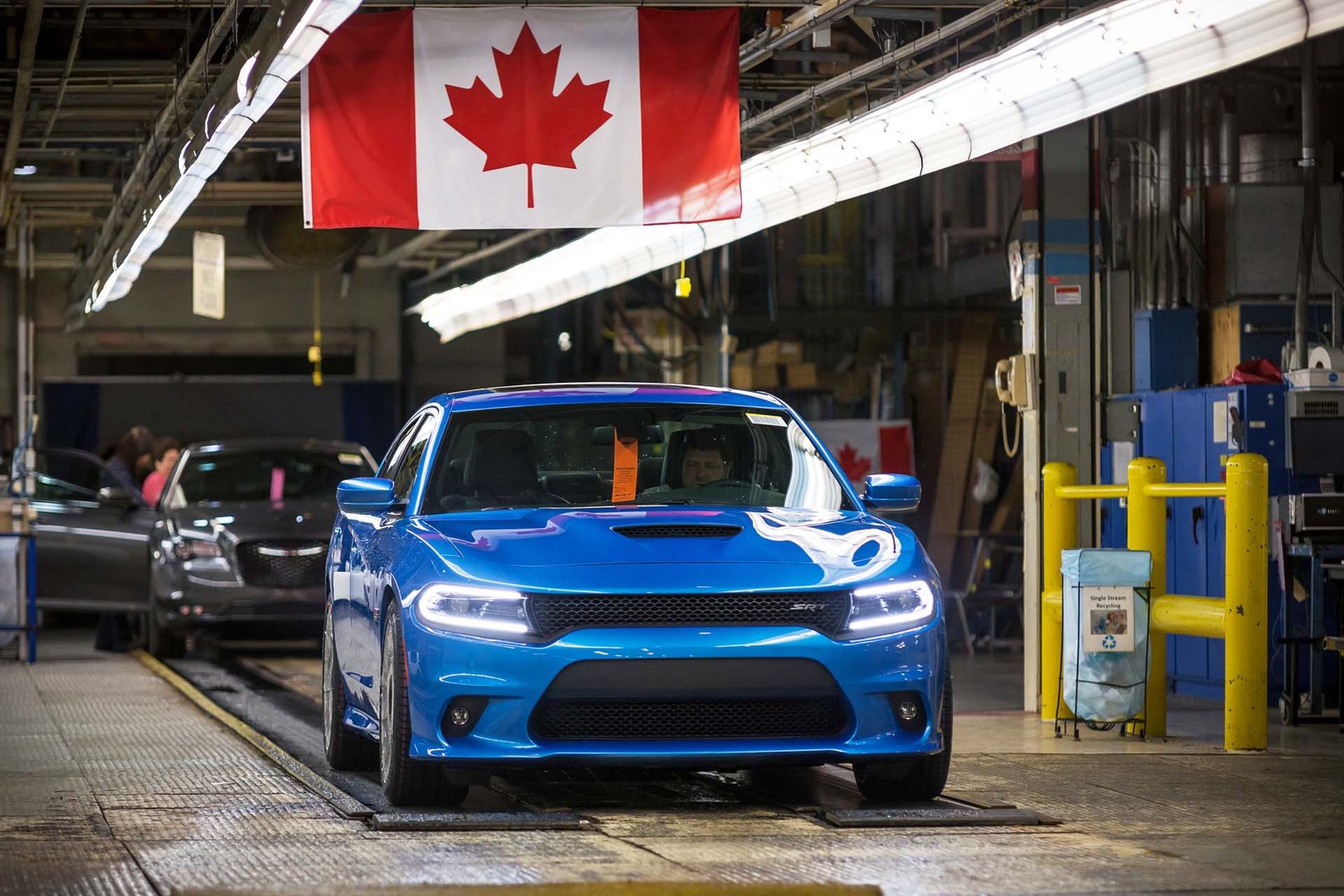Three key trends stand out: in-person auto shows continue to influence buying behaviour significantly, used-car demand remains surprisingly high, and upcoming launches and shows will shape the next wave of new-vehicle sales.
Auto Shows Drive Purchases
Recent research from Clarify Group reveals attendees of major auto shows in Canada and the U.S. are 2.9 times more likely to buy or lease a new vehicle within the next 12 months than the average consumer.
Specifically in Canada:
- 40 % of show attendees plan to buy or lease a vehicle within the next year.
- 37 % attend the show to help decide which model they want next.
- Post-show actions: 55 % of intending buyers will visit a dealership, 39 % arrange a test drive and 28 % place an order.
These findings challenge the idea that digital or online experiences alone dominate car buying. For manufacturers and dealers in Canada, participating in or leveraging auto-show presence remains vital to conversion and brand consideration.
Used-Car Market Remains Robust
Despite concerns over economic headwinds and trade issues, Canada’s used-car sector held up well in 2025. According to AutoTrader, used-vehicle sales rose 1.8 % quarter-over-quarter in Q2 and climbed 2 % since the start of the year. Average used-car price jumped to CA$37,664—a 3.6 % increase year-over-year.
This performance reflects a “pull-forward” effect: consumers bought sooner amid anticipated tariffs and supply chain shifts.
For dealers, strong demand and climbing prices are positive. For consumers, navigating higher costs remains a challenge. Inventory for used cars is down roughly 16.8 % year-over-year, which tightens supply and puts upward pressure on price.
What’s Ahead: Launches and Consumer Behavior
Looking ahead, the next auto-show season will be important. While the data doesn’t specify which models will launch in Canada, the role of shows in shaping purchase intent suggests upcoming reveals will matter.
The Canadian market registered 163,000 light-vehicles sold in September 2025, up 3.7 % from the same month in 2024.Despite that, analysts spot mixed signals: inventory remains constrained, and new-vehicle affordability remains under pressure.
For OEMs and dealers in Canada:
- Engage shows and live events to capture high-intent buyers
- Monitor the used-vehicle market, since it both competes with and complements new-car sales
- Prepare for model launches and marketing campaigns that align with consumer readiness
Implications for Canada’s Car Market
Several implications emerge:
- Canadian auto shows still represent high-value touchpoints for sales and leasing decisions
- The used-car segment offers an alternative pathway for consumers amid new-car price pressure
- New-vehicle launches in Canada must consider timing, consumer behaviour and show-driven engagement
- For policy makers, trade, tariffs and supply-chain health continue to influence market dynamics
Canada’s automotive market is far from static. From showrooms to pre-owned lots, consumer decisions are evolving. The strong link between auto-show attendance and purchase action gives a live-event advantage.
Meanwhile, used-car demand remains healthy even amid cost pressures. As 2025 advances, manufacturers, dealers and consumers must stay alert. The next steps—vehicle launches, marketing cycles and live engagements—will shape how Canada’s car market moves into 2026.











